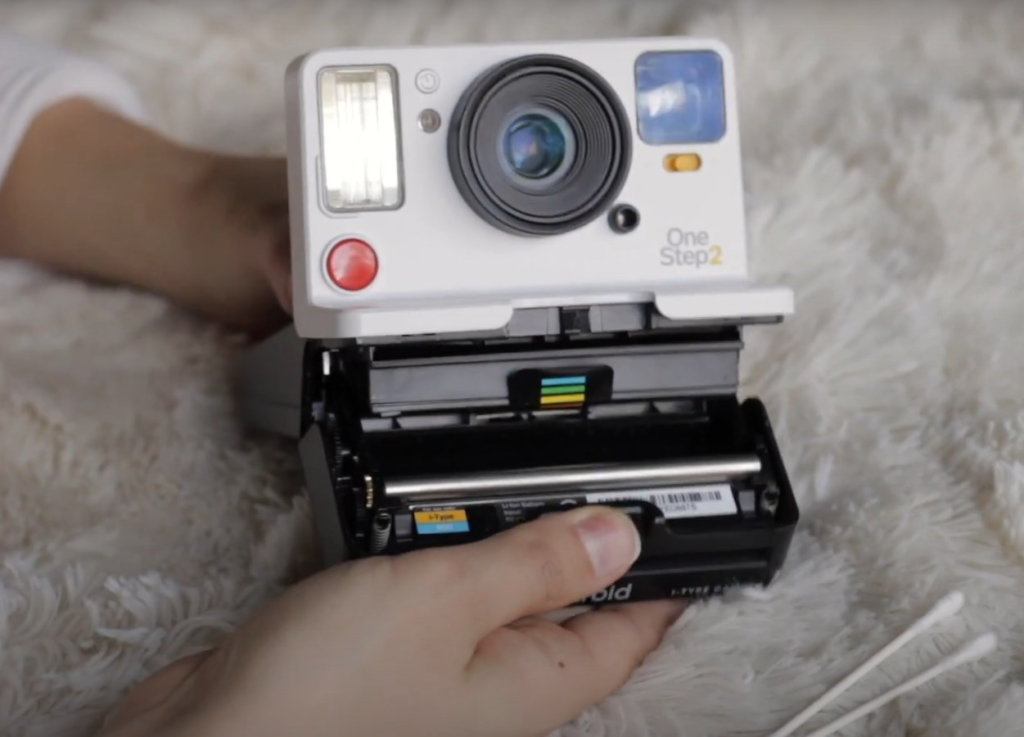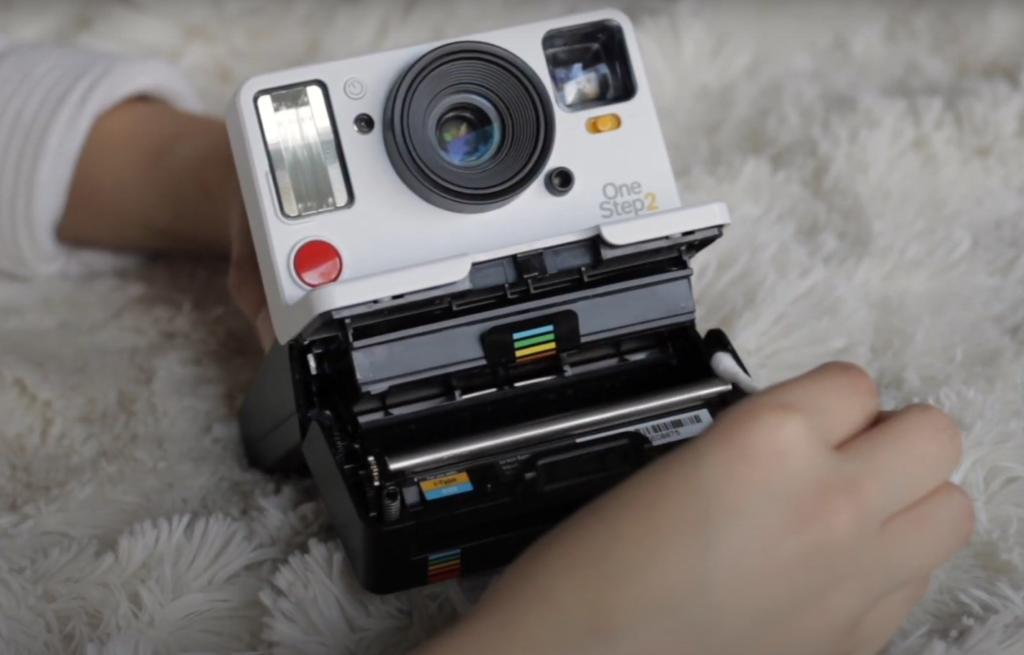If you’re a fan of vintage photography, there’s a good chance you own a Polaroid camera. These have been around for decades and have stood the test of time.
However, just like any other electronic device, they can encounter issues that prevent them from working correctly. In this article, we’ll cover the most common causes of problems with Polaroid cameras and give you some tips on how to troubleshoot them.
Troubleshooting Common Issues with Polaroid Cameras
Polaroid cameras have been a popular choice for instant photography since their introduction in the mid-20th century. However, like any electronic device, they can experience issues that prevent them from functioning properly.
Here are some common causes of Polaroid camera issues and how to troubleshoot them.
Battery Problems: Ensuring Proper Power Supply
One of the key reasons why Polaroid cameras may fail to turn on is due to battery-related issues. The correct type of battery and regular replacements are crucial. Monitoring the battery level using a battery checker or trying a new set of batteries can help identify the problem. Additionally, preventing battery leakage by removing them during extended periods of inactivity is important to avoid damage to internal components.
Damaged Power Button: Investigating Device Activation
When a charged battery doesn’t solve the issue, the power button becomes the next point of inspection. Damaged, stuck, or poorly connected power buttons can prevent the cam from turning on. Seeking professional assistance or learning to replace the power button correctly is recommended. It’s worth noting that self-repair attempts might void any existing warranty.
Internal Component Issues: Diagnosing Internal Problems
Internal component problems, such as faulty capacitors or blown fuses, can also lead to camera failure. While experienced individuals can open the device and identify the issue, it is advisable to seek professional help if not familiar with all the intricacies of Polaroid cameras. Attempting repairs without proper knowledge can cause further damage and pose safety risks. Moreover, finding replacement parts for Polaroid cameras, which are no longer manufactured, can be challenging.
Firmware or Software Glitches: Addressing System Malfunctions
In some cases, Polaroid camera malfunctions or abnormal behavior may result from firmware or software glitches. This is especially true if a recent update was installed or if an update process was interrupted. Resetting the cam or updating the firmware as per the manufacturer’s instructions can often resolve such issues. It is crucial to follow the update procedure carefully, as interrupting the process can lead to irreparable damage.
It’s important to follow the manufacturer’s instructions carefully when updating the camera’s firmware or software. Interrupting the update process can cause irreparable damage to the device.

Maintaining Your Polaroid Camera: A Comprehensive Guide to Longevity
Proper storage and careful handling play a pivotal role in preserving the longevity of your Polaroid camera. By storing it in a dry, cool place away from direct sunlight, extreme temperatures, and damp environments, you can prevent potential damage to the camera’s internal components.
Additionally, using a protective case when the camera is not in use safeguards it against scratches and impacts, ensuring its continued functionality.
Regular Cleaning and Maintenance: Keeping Your Camera Spotless
Regular cleaning and maintenance routines are essential for maintaining the optimal performance of your Polaroid. Utilize a soft, lint-free cloth to wipe the camera’s surface, paying special attention to keeping the lens clean and free from dust or dirt. A clean lens is crucial for capturing high-quality photos, so it is recommended to remove any smudges or dirt carefully.
When cleaning, refrain from using water or cleaning solutions on its surface. Instead, gently wipe away dirt or debris with a dry cloth. For stubborn stains or marks, consider using a specialized cleaning solution specifically designed for cameras to ensure their integrity remains intact.
Timely Firmware and Software Updates: Enhancing Performance and Fixing Issues
Staying up-to-date with firmware and software updates is vital for maintaining optimal performance and resolving any potential bugs or glitches in your Polaroid. Regularly check the manufacturer’s website for available downloads to ensure you have the latest updates at your disposal.
When installing updates, it is imperative to follow the provided instructions meticulously and avoid interrupting the installation process. By promptly implementing firmware and software updates, you can enhance the functionality and enjoy an improved user experience.
By adhering to proper storage and handling practices, performing regular cleaning and maintenance routines, and staying on top of firmware and software updates, you can ensure that your Polaroid remains in excellent shape for years to come.
Preventative Measures to Keep Your Polaroid Camera in Good Shape
By following some simple guidelines for storage, handling, cleaning, and software updates, you can keep your camera in good shape and capture high-quality photos for years to come.
Here are some key practices to keep in mind:
Proper Storage and Handling:
- Store your Polaroid in a dry, cool place away from direct sunlight;
- Avoid exposing it to extreme temperatures or damp environments to prevent damage to internal components;
- Use a protective case when the camera is not in use to prevent scratches and other physical damage;
- Handle it with care, holding it steady and avoiding drops or sudden impacts.
Regular Cleaning and Maintenance:
- Use a soft, lint-free cloth to wipe the surface and keep it free from dust or dirt;
- Pay special attention to cleaning the lens, as any dirt or smudges can impact the quality of your photos;
- Avoid using water or cleaning solutions on the surface. Instead, use a dry cloth to gently remove dirt and debris;
- Consider using a specialized cleaning solution if you encounter stubborn stains or marks.
Timely Firmware and Software Updates:
- Keep your cam up to date with the latest firmware and software releases;
- Regularly check the manufacturer’s website for available downloads and updates;
- Follow the instructions provided carefully when installing updates to ensure a smooth and uninterrupted process.
Proper storage and handling will protect your Polaroid from damage, regular cleaning will maintain image quality, and staying updated with firmware and software releases will ensure optimal performance.

When to Seek Professional Help
If your Polaroid doesn’t turn on despite trying multiple troubleshooting methods, it’s best to contact a professional. Additionally, if you experience any unusual sounds or smells, it’s a sign that something is wrong, and you should seek professional help to prevent further damage.
Finding a Reputable Repair Service
It’s important to seek professional help from a reputable repair service that has experience in repairing Polaroid cameras. Look for a company that offers a warranty on its service, and reviews & testimonials from satisfied customers. You can also try sending your device to the manufacturer’s service center if you’re not finding any repair service near you.
Weighing the Costs of Repair vs. Replacement
If the cam requires significant repairs or the cost of repair approaches the cost of a new one, you may want to consider purchasing a new one instead of repairing it. Calculate the cost of repair vs. the cost of a new device before making a decision.
Conclusion
Understanding the common causes behind a non-functional Polaroid camera and having the knowledge to troubleshoot them can save you from unnecessary frustration and expenses. By following the tips provided, such as checking the battery, inspecting the power button, addressing internal component issues cautiously, and considering firmware or software glitches, you can often restore the functionality of your cam without much hassle.
It is important to emphasize the significance of regular care and maintenance for your Polaroid. Proper storage, handling, and cleaning practices can significantly extend its lifespan and ensure consistent performance. Additionally, staying updated with the latest firmware and software releases can enhance your cam’s functionality and address any potential issues.
